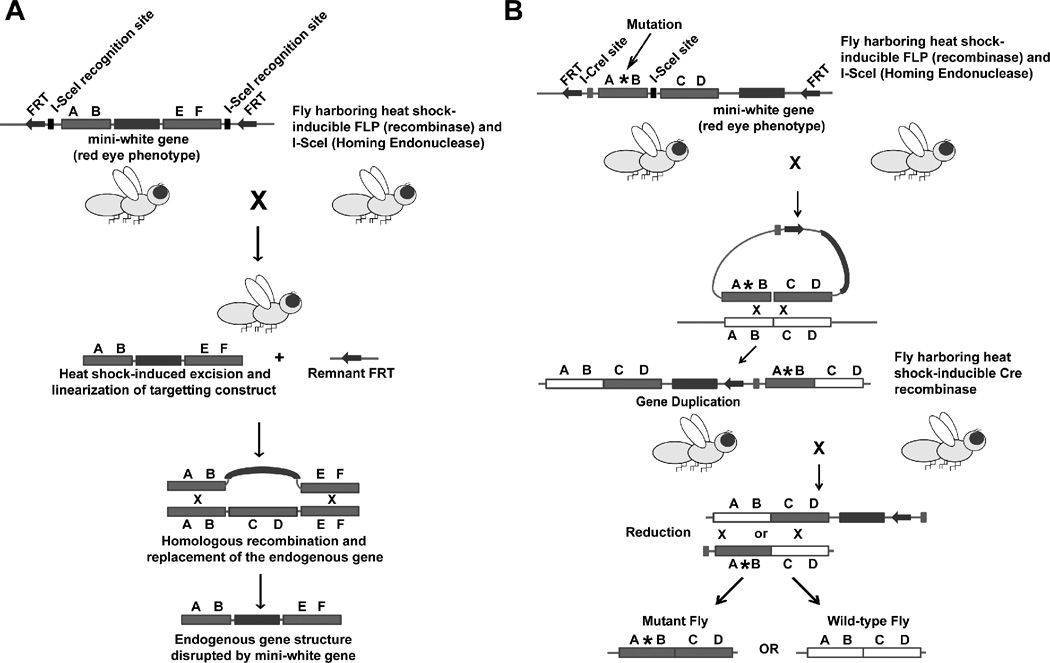Figure 3. Targeted gene knockout and gene replacement in Drosophila.
(A) The “ends-out” approach for gene knockout. A fly harboring a transgenic construct containing the mini-white gene within the genomic sequence of a gene targeted for replacement is bred with a fly that harbors an inducible FLP recombinase and I-SceI homing enzyme. In a subset of progeny, the targeting construct is excised by the FLP recombinase, linearized by I-SceI, and undergoes homologous recombination with the endogenous gene. The endogenous gene is disrupted by replaced with the mini-white gene. (B) The “ends-out” approach for gene replacement. A fly harboring a transgenic construct that contains an engineered mutation (asterisk) and the mini-white gene within the genomic sequence of a gene targeted for replacement is bred with a fly that harbors an inducible FLP recombinase and I-SceI homing enzyme. In a subset of the first generation, the targeting construct is excised by FLP recombinase, linearized by I-SceI, and undergoes homologous recombination with the endogenous gene locus to produce tandem gene duplication. Then, the fly containing the gene duplication is bred with a fly that harbors an inducible Cre recombinase that recognizes the I-CreI site that is engineered in the targeting construct. In a subset of the progeny, the tandem genes undergo homologous recombination and reduction of gene copy number thereby producing flies that harbor either a wild-type gene or the mutant gene. The figure is based on Maggert, K.A. et al122

